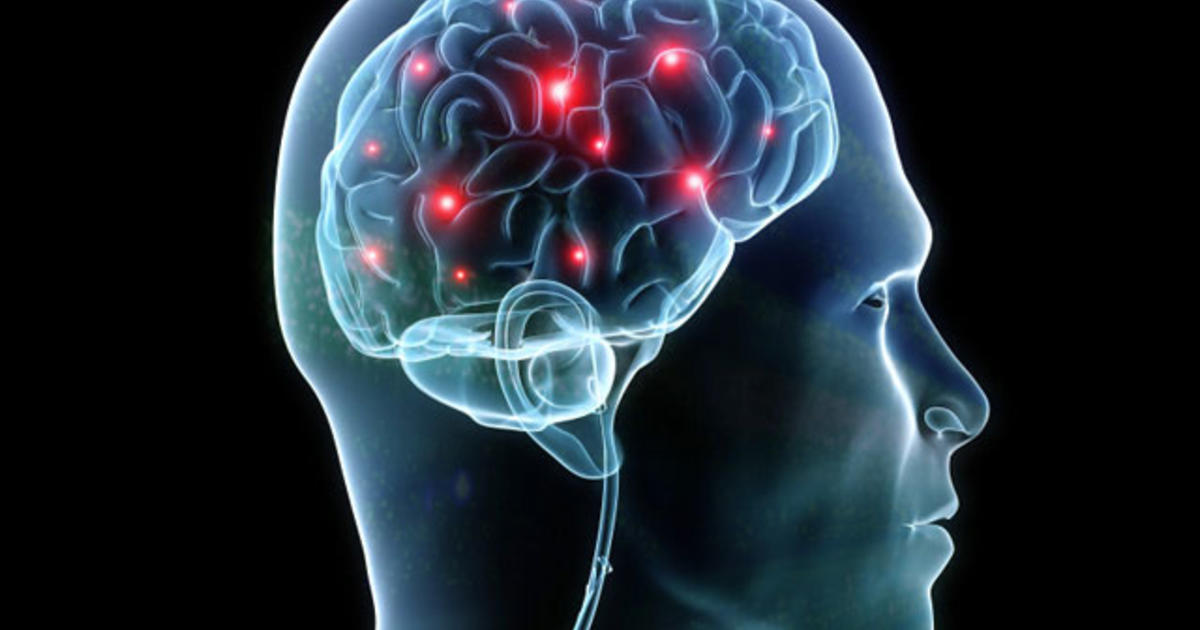Every year, millions of people worldwide experience head and brain injuries. While some of these injuries may result from minor accidents, others can be life-altering events, causing immediate concern for patients and healthcare professionals. In the chaotic moments following such incidents, the focus is primarily on stabilizing the patient, assessing the extent of the damage, and providing emergency medical care.
However, what happens once the patient leaves the emergency room or intensive care unit? What about the weeks, months, and even years that follow? These long-term effects of head and brain injuries often receive less attention but can significantly impact the quality of life for those who’ve suffered head and brain injuries. Whether you’ve experienced a head or brain injury, are a caregiver, or are simply seeking knowledge on this topic, we aim to shed light on this crucial aspect of post-injury life.
Managing the long-term physical effects of head and brain injuries requires a comprehensive approach encompassing various strategies and interventions. Here are some of the top ways to manage these effects:
- Medical Monitoring and Follow-up
After a head or brain injury, it is crucial to establish a routine of medical monitoring and follow-up care. Regular appointments with healthcare professionals, including neurologists, can help track the progression of symptoms, detect any complications early, and adjust treatment plans accordingly. This approach ensures that any emerging issues are addressed promptly, optimizing recovery and minimizing the risk of secondary complications.
- Physical Rehabilitation
Physical rehabilitation programs, including physiotherapy and occupational therapy, can be tailored to the specific needs of individuals with brain injuries. These programs focus on improving mobility, balance, strength, and coordination. Rehabilitation helps individuals regain functional independence and reduce physical impairments, making daily activities more manageable.
- Medication Management
Some medications may be prescribed to manage specific symptoms associated with brain injuries. These can include pain relievers for headaches, anti-seizure medications, or medications to address mood and anxiety disorders. Proper medication management can alleviate discomfort and enhance overall well-being, making it easier for individuals to engage in rehabilitation and daily activities.
- Cognitive Rehabilitation
Cognitive rehabilitation focuses on improving cognitive functions such as memory, attention, and problem-solving abilities. This therapy primarily benefits individuals with cognitive deficits resulting from brain injuries. Cognitive rehabilitation helps individuals regain cognitive skills, enabling them to navigate better work, school, and daily life challenges.
- Pain Management Techniques:
Persistent headaches and other types of chronic pain are common after head and brain injuries. Pain management techniques can include physical therapy, relaxation exercises, and, in some cases, medications. Effective pain management enhances an individual’s comfort and quality of life, reducing pain interference in daily activities.
- Assistive Devices and Adaptive Strategies:
Depending on the severity of physical impairments, individuals may benefit from assistive devices such as mobility aids, orthotics, or communication aids. Adaptive strategies can help individuals compensate for limitations and maintain independence. These tools and strategies enhance daily functioning and support individuals living as independently as possible.
Remember that the specific approach to managing long-term physical effects will vary from person to person, depending on the nature and severity of the injury. A multidisciplinary team of healthcare professionals, including neurologists, physical therapists, and mental health experts, can provide personalized guidance and support to maximize recovery and quality of life.
